Disclosure: This article contains affiliate links. We may earn a commission from purchases at no extra cost to you, which helps our travel content.
The afternoon light in Turin has a particular quality in autumn—golden and diffused, casting the elegant porticoed streets in a honeyed glow that seems to slow time itself. It was in this very light, thirteen years ago, that I first wandered into a historic café near Piazza San Carlo, seeking refuge from a gentle rain. What I discovered was not merely shelter, but a revelation: Turin's profound and often overlooked gastronomic heritage. In the years since that serendipitous afternoon, I've returned to this northern Italian city multiple times, each visit deepening my appreciation for what I now consider Italy's most sophisticated culinary destination. While Milan flaunts fashion and Rome boasts antiquity, Turin quietly preserves centuries of food traditions that speak to both its royal Savoy heritage and its industrious Piedmontese soul. For couples seeking a weekend of sensory indulgence without the crushing crowds of Venice or Florence, Turin offers a refined alternative—a city where chocolate has been perfected since the 1600s, where coffee is elevated to an art form, and where the evening aperitivo remains one of life's essential pleasures.
The Chocolate Legacy: From Gianduja to Bicerin
Turin's relationship with chocolate begins not with sweetness but with scarcity. During Napoleon's continental blockade in the early 19th century, when cacao became prohibitively expensive, Turinese chocolatiers innovated by blending what little chocolate they had with abundant local hazelnuts from the Langhe hills. The result was gianduja—that silky-smooth marriage of chocolate and hazelnut that predates Nutella by more than a century.
On my most recent visit last October, I spent a contemplative morning tracing what I've come to call Turin's cioccolato strada—a self-guided chocolate pilgrimage through the city center. I began at Stratta in Piazza San Carlo, where the Belle Époque interiors remain largely unchanged since 1836. Here, I purchased gianduiotti—the distinctive boat-shaped chocolates wrapped in gold foil—watching as the shopkeeper handled them with reverence, explaining that they should never be refrigerated, only stored at cool room temperature to maintain their melt-in-your-mouth texture.
By mid-morning, the autumn air had turned brisk enough to justify Turin's signature chocolate beverage: the bicerin. At Caffè Al Bicerin, which has been serving this layered drink of espresso, drinking chocolate, and cream since 1763, I watched couples at neighboring marble tables performing the same ritual: first admiring the distinct layers visible through the glass, then deciding whether to stir them together or sip through each stratum. The café is diminutive—just a handful of tables beneath low vaulted ceilings—making reservation essential for weekend visits.
For those wishing to delve deeper into Turin's chocolate heritage, I recommend the excellent chocolate tour that explores both historic shops and innovative modern chocolatiers who are reinterpreting traditions with surprising flavor combinations like chocolate with Barolo wine or Mediterranean herbs.

💡 Pro Tips
- Visit Guido Gobino's laboratory shop to watch chocolate being made through viewing windows
- Purchase gianduiotti in small quantities to ensure freshness—they're best enjoyed within two weeks
- For the authentic bicerin experience, don't stir the layers—sip slowly and let them blend naturally in your mouth
Coffee Culture: The Historic Cafés of a Literary City
To understand Turin is to understand that its cafés are not merely places to consume coffee—they are institutions, living museums where the intellectual and artistic heritage of the city continues to breathe. Unlike the stand-and-sip espresso bars common throughout Italy, Turin's historic cafés invite lingering, contemplation, and conversation.
My ritual when visiting is to begin with Caffè San Carlo, where the gilded mirrors and crystal chandeliers speak to Turin's royal past as the first capital of unified Italy. Here, I order a simple espresso, served as it should be—with a small glass of water and perhaps a tiny amaretti biscuit. The coffee itself is secondary to the atmosphere; I'm paying for the privilege of sitting where Nietzsche, Cavour, and Puccini once sat, beneath frescoed ceilings that have witnessed nearly two centuries of political discourse and artistic debate.
For a different but equally historic experience, Baratti & Milano in Galleria Subalpina offers what I consider the finest coffee preparation in the city. Their specialized blend—slightly darker than most Italian roasts with subtle chocolate notes—pairs perfectly with their house specialty, the Torta Sabauda, a decadent chocolate cake that honors the Savoy dynasty.
During my last visit, I discovered the joy of returning to these cafés at different times of day. The morning brings businesspeople and their brief, purposeful coffee rituals; the afternoon welcomes elderly Turinese reading newspapers beneath portraits of long-dead royalty; and the evening transforms these spaces into refined aperitivo venues where couples dress with subtle elegance for pre-dinner drinks.
I record my café observations in a dedicated journal, and have found the leather travel journal to be my constant companion through years of travel. Something about the tactile quality of putting pen to paper in these historic spaces feels appropriate—a small act of resistance against our digital age.
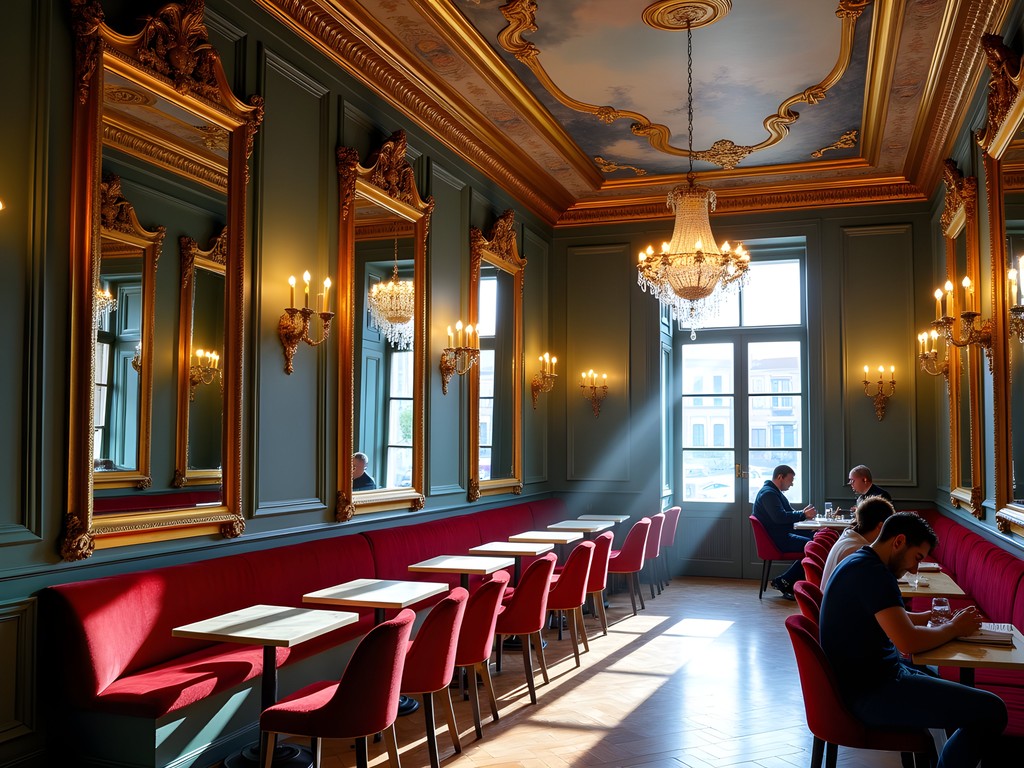
💡 Pro Tips
- Visit Caffè Fiorio to try their renowned 'panna in ghiaccio'—a cold zabaglione cream that has remained unchanged since 1780
- Many historic cafés offer fixed-price breakfast menus that include coffee and pastries—a better value than ordering à la carte
- Ask for 'un caffè macchiato freddo' for espresso with a splash of cold rather than hot milk—perfect for warmer autumn days
The Art of Aperitivo: Turin's Pre-Dinner Ritual
If Milan claims to have perfected the modern aperitivo, Turin can rightfully assert that it invented the tradition. It was here in 1786 that Antonio Benedetto Carpano created vermouth—the aromatized, fortified wine that would transform pre-dinner drinking culture throughout Europe. Today, Turin's aperitivo scene balances respectful tradition with contemporary innovation in a way that feels neither stuffy nor trendy.
My approach to aperitivo in Turin is methodical, perhaps befitting my former life organizing databases. I begin in Piazza Vittorio Veneto—one of Europe's largest porticoed squares—around 6:30 pm when the ritual commences. The piazza offers a spectrum of aperitivo experiences, from historic establishments to modern interpretations, all with views of the Po River and the church of Gran Madre di Dio in the distance.
At Caffè Elena, where little has changed since 1889, I order what has become my traditional first aperitivo in Turin: a Carpano Antica Formula vermouth served neat with a twist of orange peel. The bitter-sweet complexity, with notes of vanilla, saffron, and dried fruit, seems to open both the palate and the mind. My husband James would have appreciated the historical symmetry of drinking Carpano in its birthplace; he always said that understanding a place meant tasting what generations before you had tasted.
As evening progresses, I make my way to Farmacia Del Cambio, the contemporary bar adjacent to the two-Michelin-starred Del Cambio restaurant. Here, in a space that harmoniously blends original 18th-century pharmacy features with modern design, I watch the bartenders prepare classic Torinese cocktails with ceremonial precision. The Negroni Sbagliato—where sparkling wine replaces gin in the classic Negroni—is particularly refreshing on autumn evenings.
What distinguishes Turin's aperitivo is the quality and abundance of the accompanying food. Unlike other Italian cities where aperitivo might mean potato chips or olives, Turin offers substantial buffets that sometimes render dinner unnecessary. At Caffè Mulassano, inventor of the tramezzino sandwich, the aperitivo spread includes dozens of miniature versions of these crustless delights with fillings ranging from traditional egg and truffle to innovative combinations.
For couples wanting to capture these golden hour moments, I've found the compact camera perfectly suited for low-light photography without the intrusiveness of larger equipment. Turin's aperitivo scene deserves to be documented, but with the discretion that maintains its atmosphere of civilized pleasure.

💡 Pro Tips
- Aperitivo typically runs from 6:30-9:00 pm, with 7:30 being the peak hour when you'll need reservations at popular spots
- When ordering vermouth, specify 'liscio' (neat) if you don't want it diluted with soda water
- For the best value, look for places advertising 'apericena'—a more substantial buffet that can substitute for dinner
Market Mornings: Porta Palazzo and Beyond
To truly understand a city's food culture, one must visit its markets. Turin's Porta Palazzo market—the largest open-air market in Europe—offers an unvarnished glimpse into everyday Turinese life that contrasts with the refined elegance of the city's historic center.
I arrived at Porta Palazzo on a crisp Saturday morning last autumn, the kind of day when the Alps appear startlingly close, their snow-capped peaks visible from the city streets. The market was already pulsing with activity—a polyglot symphony of Italian, Piedmontese dialect, Arabic, and Romanian as vendors called out their offerings and customers negotiated prices with theatrical gestures.
The market divides naturally into sections: produce from local farms, meats and cheeses, seafood, flowers, and the covered section housing specialty foods. What struck me immediately was the seasonality on display—this was not the year-round uniformity of supermarket produce but rather a genuine reflection of what the surrounding countryside was yielding at that moment. In autumn, this means an abundance of wild mushrooms (particularly the prized porcini), chestnuts, late-season tomatoes, and the first winter squashes.
I watched as elderly Turinese women—who clearly had been shopping here for decades—examined porcini mushrooms with forensic attention, turning each specimen over, checking for worm holes, and occasionally rejecting a vendor's offering with a dismissive wave. These were not tourists performing 'market experiences' but citizens engaged in the serious business of feeding their families according to traditions that stretch back generations.
Beyond Porta Palazzo, smaller neighborhood markets offer more intimate experiences. The Mercato di Santa Rita in the southern part of the city provides a glimpse into middle-class Turinese life, while the covered Mercato Centrale in the renovated Porta Palazzo area offers a more curated—though still authentic—selection of regional specialties.
For those wishing to delve deeper into Turin's market culture, I recommend bringing along a market tote that folds into a compact pouch when not needed. You'll blend in with the locals who all bring their own bags, and you'll have something to carry the inevitable purchases that tempt you—perhaps a wedge of aged Castelmagno cheese or a bag of Piedmontese hazelnuts.
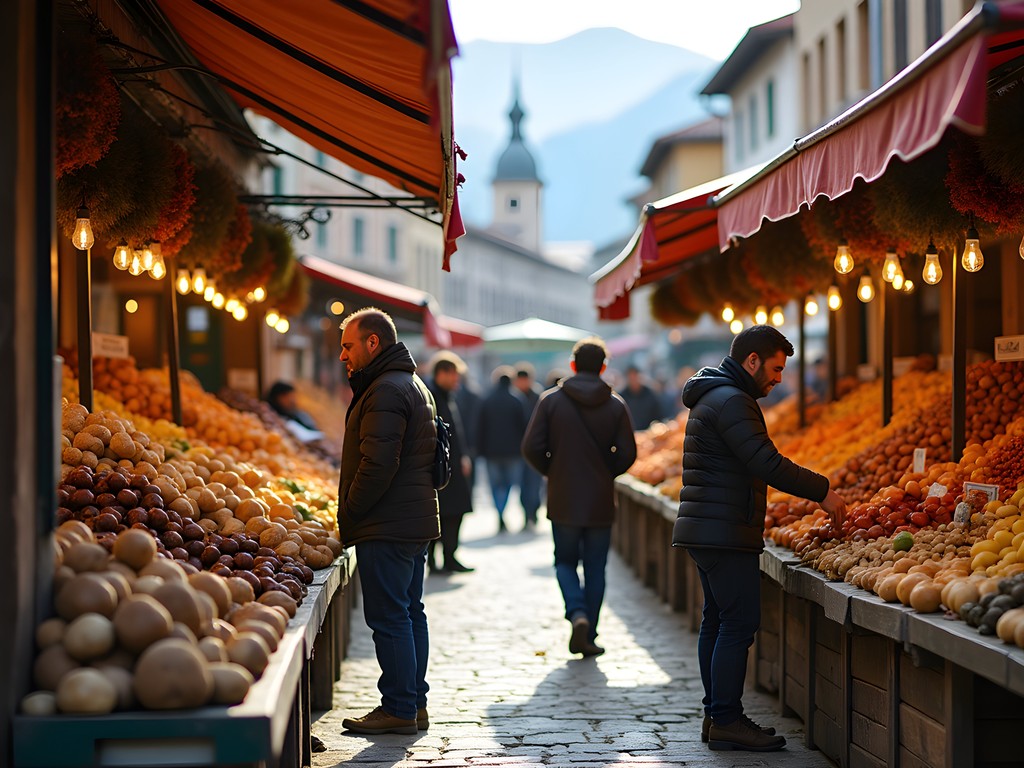
💡 Pro Tips
- Arrive at Porta Palazzo before 10 am to see it at its most authentic—by noon many vendors begin packing up
- Bring small euro notes and coins as many vendors prefer cash, especially for small purchases
- Learn a few basic Italian phrases for shopping—vendors appreciate the effort and may offer better prices or additional items as a gesture of goodwill
Sweet Finales: Turin's Pasticcerie and Gelaterias
While chocolate may be Turin's most famous sweet contribution, the city's pastry traditions extend far beyond this single ingredient. As someone who has methodically cataloged Turin's pastry shops over multiple visits (a delicious research project), I've developed a particular appreciation for the way these establishments balance innovation with reverence for tradition.
The pastry arts in Turin reflect the city's unique position between French and Italian culinary influences. From the Savoy court came French-inspired creations like the marron glacé (candied chestnuts) still perfectly executed at Pasticceria Stratta. Meanwhile, native Piedmontese traditions produced the hazelnut-rich nocciolini di Chivasso and the rustic paste di meliga—cornmeal cookies that pair perfectly with zabaglione cream.
During my autumn visits, I seek out seasonal specialties like the castagnaccio—a dense chestnut flour cake studded with pine nuts and rosemary that walks the line between sweet and savory. At Pasticceria Ghigo, where they've been baking since 1870, I watched an elderly couple sharing this autumnal treat, breaking off pieces with the comfortable silence of decades together.
For couples visiting Turin, I recommend the pasticceria crawl as an alternative to the typical sightseeing itinerary. Begin at Pfatisch near Porta Nuova station for their diplomatico—a puff pastry sandwich filled with chocolate and zabaglione creams—then continue to Pasticceria Abrate for Turin's answer to the macaron, the bicolored baci di dama ('lady's kisses').
No sweet exploration of Turin would be complete without gelato, which takes on a particular character here. Less showy than in tourist centers like Rome or Florence, Turin's gelaterias focus on intensity of flavor rather than towering presentations. At GROM, founded in Turin before expanding internationally, the seasonal flavors showcase Piedmontese ingredients—the September fig gelato remains one of my most vivid taste memories from any trip.
I've documented my pastry explorations in a dedicated notebook, creating a personal map of sweet discoveries across the city. My pocket travel guidebook has proven invaluable for identifying historic establishments, though I've found that following locals during pasticceria rush hour (typically Sundays after church) often leads to the most authentic discoveries.
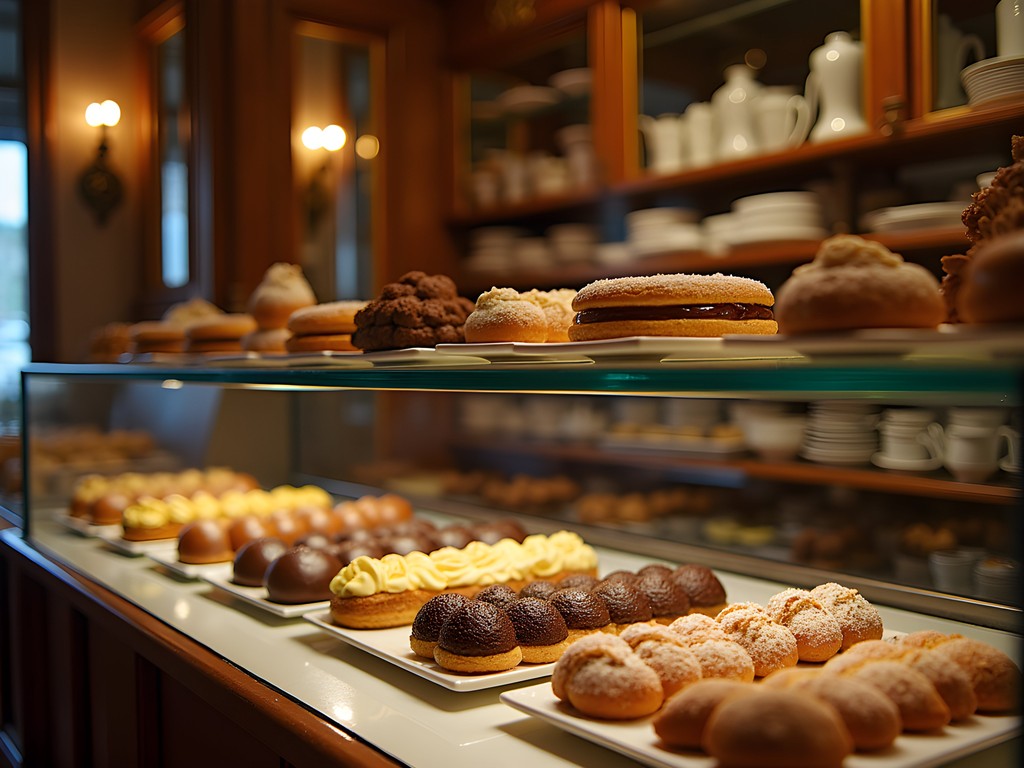
💡 Pro Tips
- Most pasticcerie sell by weight—point to what you want and indicate 'uno' or 'due' rather than asking for specific quantities
- Save room for Torino's unique 'gelato da passeggio'—walking gelato served in brioche buns rather than cones
- Visit pasticcerie around 4:30 pm when fresh pastries arrive for merenda (afternoon snack) and before the post-work crowd
Final Thoughts
As the plane lifted away from Turin on my last visit, I found myself already planning my return. There is something deeply satisfying about a city that takes such evident pride in its culinary heritage without succumbing to the commercialization that has befallen other Italian destinations. Turin offers couples a rare opportunity to experience authentic food traditions in settings that have remained largely unchanged for centuries. The rhythm of days here—morning market visits, afternoon coffee rituals, evening aperitivi—creates natural spaces for connection, conversation, and shared discovery. In our hurried world, Turin invites us to slow down, to savor not just flavors but moments. Perhaps that's the city's greatest gift: a reminder that true luxury lies not in exclusivity but in the mindful appreciation of life's essential pleasures—chocolate melting on the tongue, the perfect balance of bitter and sweet in a well-made vermouth, the companionable silence of two people sharing a pastry in a café that has witnessed countless similar moments across generations. Turin nourishes not just the body but the relationship between travelers willing to surrender to its unhurried pace.
✨ Key Takeaways
- Turin offers sophisticated culinary experiences without the overwhelming tourism of other Italian cities
- The aperitivo tradition here is more substantial and historically significant than elsewhere in Italy
- Autumn brings seasonal specialties like porcini mushrooms, chestnuts, and truffle-based dishes
- Historic cafés provide cultural context beyond just coffee—they're living museums of Italian intellectual history
- The city rewards slow exploration rather than checklist tourism
📋 Practical Information
Best Time to Visit
September through November
Budget Estimate
€100-150 per day per person including accommodations
Recommended Duration
3-4 days
Difficulty Level
Easy
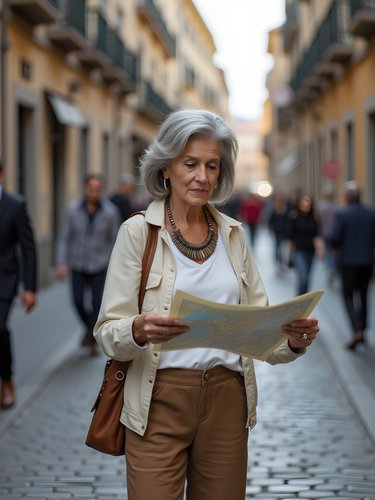

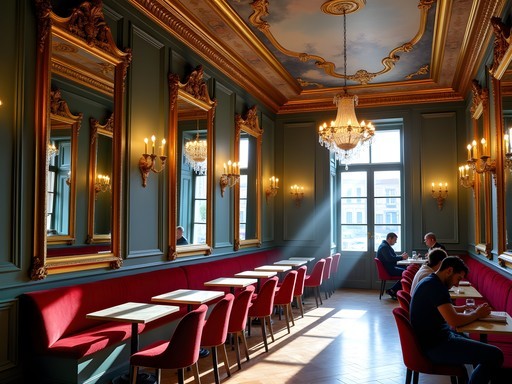

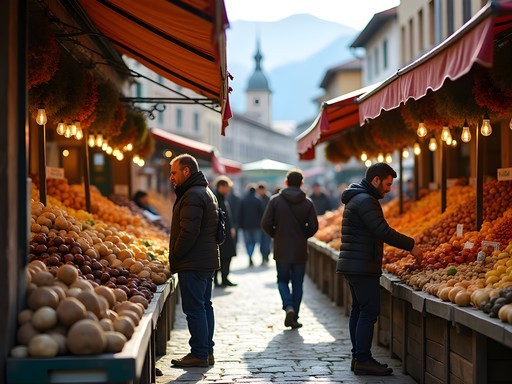
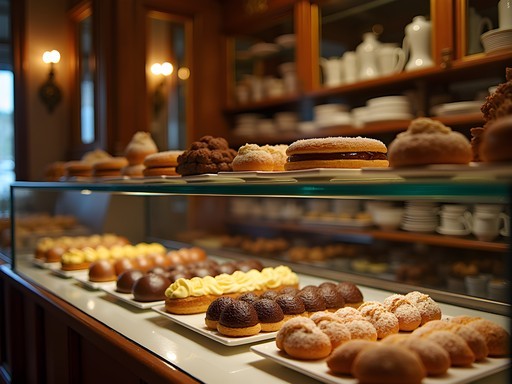



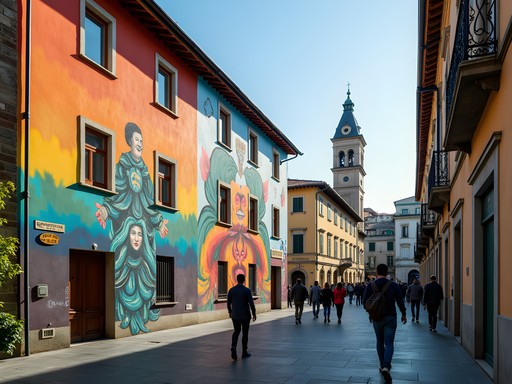
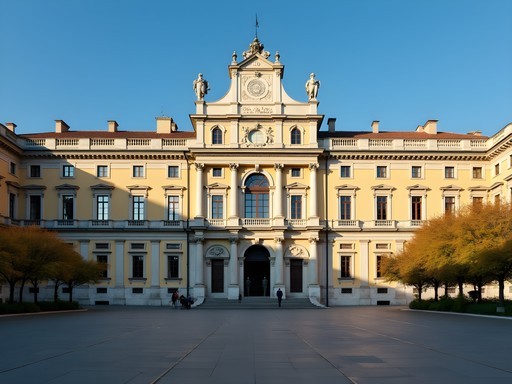
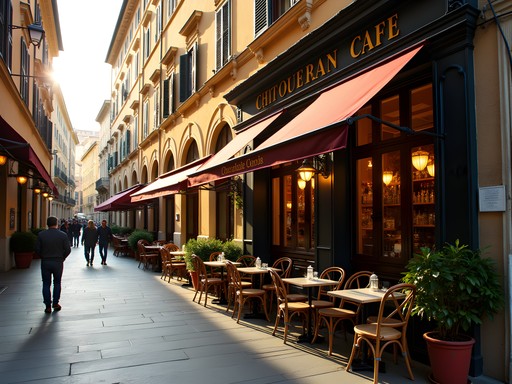

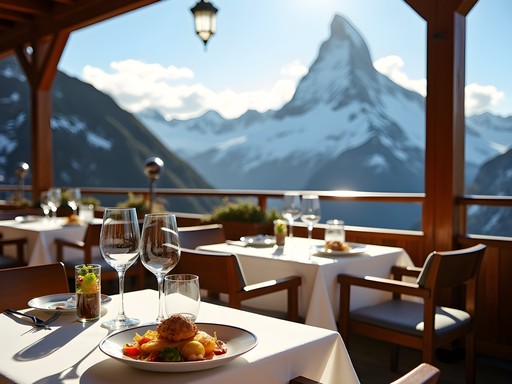
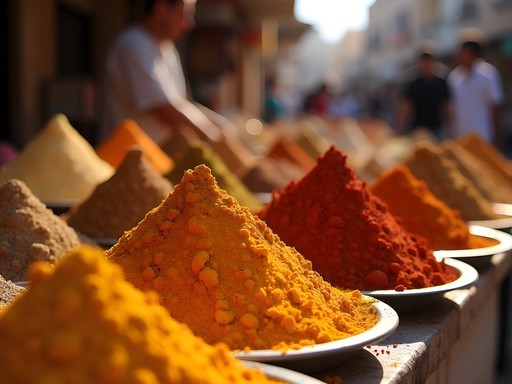
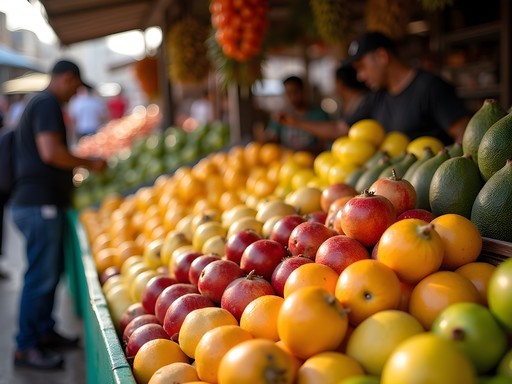
Comments
oceanperson
Your description of Turin's golden afternoon light took me right back to my visit! The aperitivo scene really is special - so different from American happy hours. We found this little place near our apartment where €10 got us a drink and access to this incredible buffet of local specialties. Does anyone remember the name of that famous vermouthery? I can't believe I forgot to write it down!
Riley Griffin
Might be Mulassano or maybe Caffè Torino? Both are famous for vermouth. We took our kids (teenagers) to Turin last year and they surprisingly loved the aperitivo culture - felt very grown-up ordering Sanbitter (non-alcoholic red aperitif) while my wife and I enjoyed proper Negronis!
winterseeker
I visited Turin last year specifically for the chocolate and was not disappointed! Make sure to try the gianduiotti from different shops - each has their own recipe and texture. I carried a small insulated bag to keep purchases from melting while exploring on warmer days. The coffee culture is indeed spectacular, but don't miss the hot chocolate - it's thick enough to stand a spoon in!
exploreexplorer
Is autumn really the best time to visit Turin for food experiences? I was planning a spring trip but now I'm reconsidering!
oceanperson
Not the author, but I went in April last year and the food scene was amazing! Spring has the advantage of white asparagus season and some early summer produce at Porta Palazzo market. Both seasons have their perks!
exploreexplorer
That's helpful, thanks! Maybe I'll stick with spring after all.
backpacktime7548
Adding Turin to my Italy itinerary now!
Sarah Powell
I visited Turin last autumn and can confirm everything in this post! The chocolate culture there is on another level compared to what most Americans experience. What surprised me most was how the aperitivo scene transforms the city around 6pm - suddenly everyone's out socializing with these elaborate spreads of food that come with just one drink purchase. I'd add that many locals recommended visiting Baratti & Milano for their giandujotti, which I found superior to some of the more tourist-oriented shops. The historic atmosphere combined with their craft makes it worth the visit. Excellent guide, Sophia!
Sophia Cole
Thank you, Sarah! Baratti & Milano is indeed a gem - their giandujotti are the perfect balance of hazelnut and chocolate. Glad you enjoyed the aperitivo culture too!
luckyzone
Those chocolate pics are making me hungry! 😍
freestar
This is exactly what I needed! Heading to Turin next month - which of those historic cafés would you say is an absolute must-visit if I only have time for one?
Sophia Cole
If you only have time for one, I'd definitely recommend Caffè Al Bicerin. The atmosphere is magical and their signature Bicerin drink (chocolate, coffee and cream) is the quintessential Turin experience!
freestar
Thanks so much! Adding it to my itinerary right now.
wanderbuddy
We just spent 3 days in Turin following Sophia's recommendations and it was incredible! The chocolate at Peyrano blew our minds - we bought way too much to bring home. For aperitivo, we loved Caffè Elena in Piazza Vittorio Veneto. They had this incredible spread with local cheeses and cured meats that came free with our Negronis! Also stumbled upon this tiny place called Caffè Mulassano with these amazing tiny sandwiches called tramezzini. Sophia, your description of the afternoon light was perfect - there's something magical about those porticoed streets. Already planning our return trip!
redseeker
Those tramezzini sound amazing! Did you try bicerin? Worth the hype?
wanderbuddy
OMG yes! Had it at the original Caffè Al Bicerin. It's like hot chocolate, coffee and cream layered perfectly. Seriously life-changing on a chilly morning!
globemate
Just wanted to add that autumn is absolutely THE time to visit Turin for food lovers. I was there last October during the chocolate festival (CioccolaTO) and it was incredible! The whole city smells like chocolate and there are tastings everywhere. Also picked up some white truffles from Alba at the market - expensive but worth every cent for that one special pasta dish. Sophia, your description of the light in Turin is spot on - there's something magical about those long porticoed streets in the golden hour.
Frank Garcia
Just got back from Turin last month and this post is spot on! The historic cafés are like time machines - I spent hours at Caffè Al Bicerin sipping their signature drink and people-watching. For chocolate lovers, don't miss Guido Gobino's lab tour where you can see how they make their famous giandujotto. The Porta Palazzo market was overwhelming in the best way - I went with a local guide which I'd highly recommend. One tip: many cafés and chocolate shops close for several weeks in August when locals escape the heat, so plan accordingly! I used my pocket guide which had a great fold-out map of the café circuit.
Venture X
Premium card with 2X miles, $300 travel credit, Priority Pass